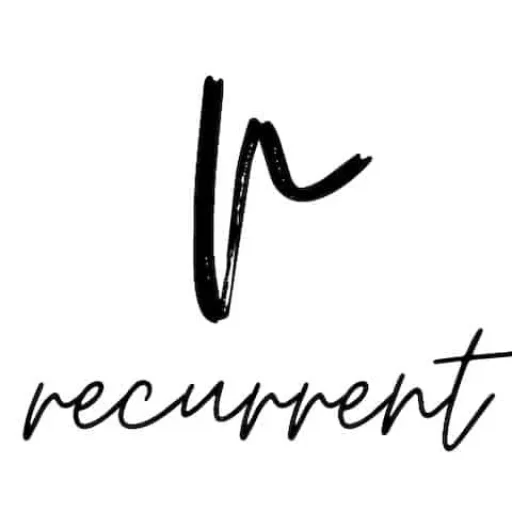Debt can take many forms, and some debt is easier to acquire than others. If one of your financial goals is to be financially free, then you cannot have “freedom” if you are compelled by somebody to make payments, or if somebody has control over your assets.
To attain financial freedom you need to be able to eliminate debt, and this is why debt is often deemed to be labelled as risky . By having debt you expose yourself to others taking control of what you own, and by having too much debt, and are unable to make repayments, depending upon the specific terms of the loan arrangement, the lender may have power to exercise control over things that you own to force payment according to the terms of the contract.
Paying off debt also impacts your future cash flows as you have to pay more than the repayment amount of the loan (which is just the total amount borrowed, divided by the number of period), there’s other additional costs such as interest expense, and other administrative costs (such as fees).
Types of debt
The popular types of debt most people would be familiar with today include:
- Mortgage (home loan)
- Car loans
- Student loans (HELP/HECS in Australia)
- Credit cards
- Investment loans (investment property, shares)
The more debt you have, the greater the impact their repayments will have on your cash flow. You cannot continue to borrow your way out of debt! You eventually have to pay it back.
Therefore, the strategies presented on this site seek methods we can do to minimise the longevity of debt repayments and the attached interest expense on those loans.
Home Loans
Some debt will be unavoidable, and the largest you’ll likely incur will be a mortgage.
If you’re looking to get started with purchasing a home you might to check out our experience with our basic guide labelled how to home loans .
